
Scratch Basics Series
 Primary - Adult
Primary - Adult
In this series, the basics of Scratch will be introduced to provide learners with the foundational skills required to begin creating in Scratch.


In this series, the basics of Scratch will be introduced to provide learners with the foundational skills required to begin creating in Scratch.
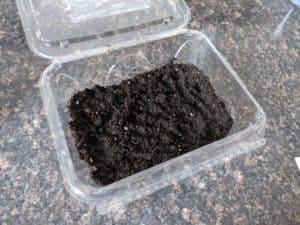
In this tutorial, we will be learning about the traditional medicine semaa (tobacco) as it’s used by many First Nation groups and how to grow your own. Traditional tobacco is very different from commercial tobacco and is one of the four sacred medicines.

Gon’ Phising is a game built to provide an opportunity to experience a variety of phishing attempts and become familiar with the signs of a phishing email.
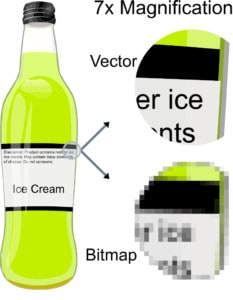
In this tutorial, you will learn about the differences between vector graphics and raster graphics (also called bitmap graphics or pixel graphics) and how they are used in Scratch as well as how to use Inkscape to make vector-based art for use in Scratch.
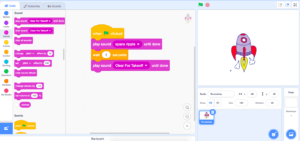
In this series, the basics of Scratch will be introduced to provide learners with the foundational skills required to begin creating in Scratch.
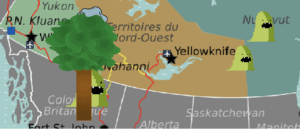
In this Scratch Mix and Match bonus challenge, we’ll look at what works and what doesn’t work when you want to make a sprite hide and then be found.
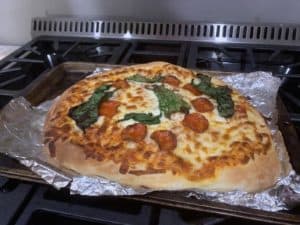
Step by step coding can be a very difficult process to go through, even the tiniest mistake can result in a bug that crashes the game. A great way to display this is through cooking, and what better food than pizza!
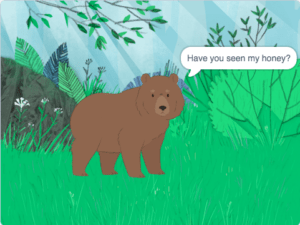
In this series, the basics of Scratch will be introduced to provide learners with the foundational skills required to begin creating in Scratch.
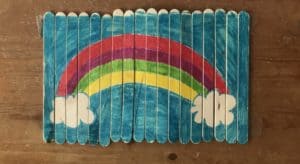
This unplugged coding activity challenges learners to decode their own puzzles. In this activity, learners will explore the computational methods of pattern recognition and algorithmic thinking.
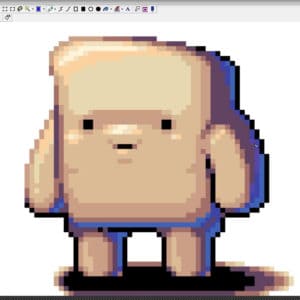
This tutorial of Pixel Power is a primer on silhouette, form, and colour when making sprites in GraphicsGale.
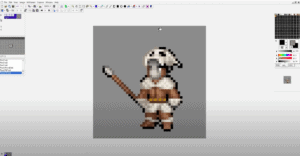
See what Pinnguaq is offering for online learning at home for the week of June 1st to 5th.
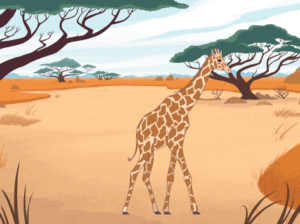
In this series, the basics of Scratch will be introduced to provide learners with the foundational skills required to begin creating in Scratch.
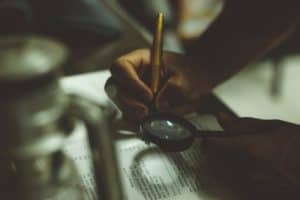
This unplugged coding activity challenges learners to decode a secret message written in binary code. In this activity learners will explore the computational thinking methods of decomposition. Learners will break down the binary code to represent single letters then arrange them in the blanks to uncover the secret message.
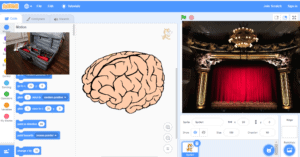
In this series, the basics of Scratch will be introduced to provide learners with the foundational skills required to begin creating in Scratch.
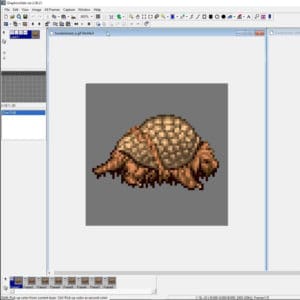
A series of tips for improving workflow and solving common problems when making pixel art for games and applications in GraphicsGale.
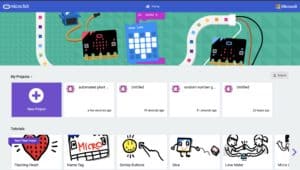
In this tutorial, students will learn to create a simple random number generator using JavaScript and Microsoft’s MakeCode.
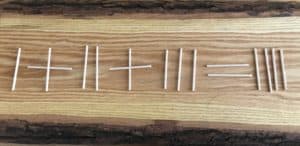
Use your problem solving and critical thinking skills to solve these visual brain teasers using sticks.
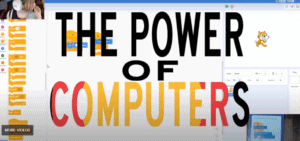
Let us send you some code in the mail! Explore the basics of computer programming by examining what effect a random selection of code will have. This is a unique and fun way to introduce the scratch programming language.
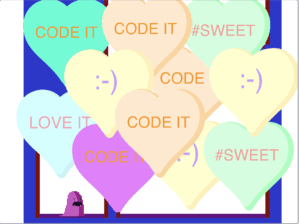
Scratch Mix and Match Cards Challenge #3. Making your own games in Scratch is a fun way to learn how to code! Accept the challenge and make a game or story with at least two of the three Mix and Match cards for this challenge!

This tutorial will take a detailed look at the last 4 steps involved in creating a video game narrative and provide the learner with more direction to finish writing their own narrative.
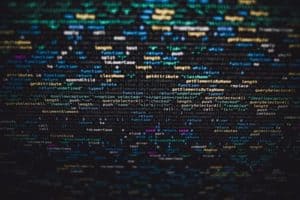
This article describes the will be four concepts (decomposition, pattern recognition, algorithms, and abstraction) to explain computational thinking.
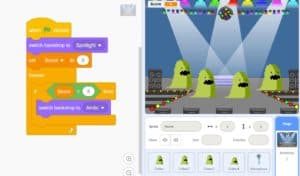
See what Pinnguaq is offering for online learning at home for the week of May 25th to 29th.
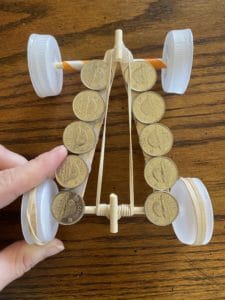
In this activity learners will create their very own race car using recycled and other materials. Learners will also explore the idea of storing energy in an elastic band and how we can use that energy to move their engineered race car forward.